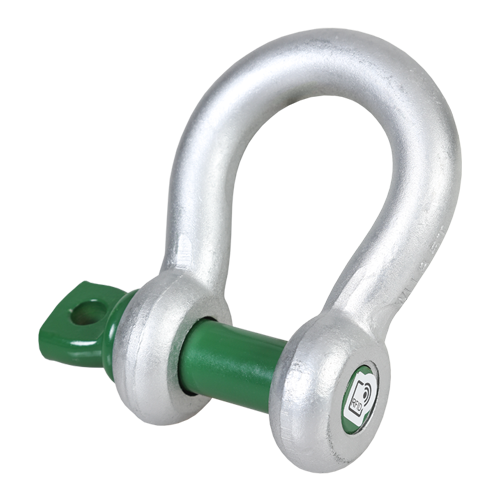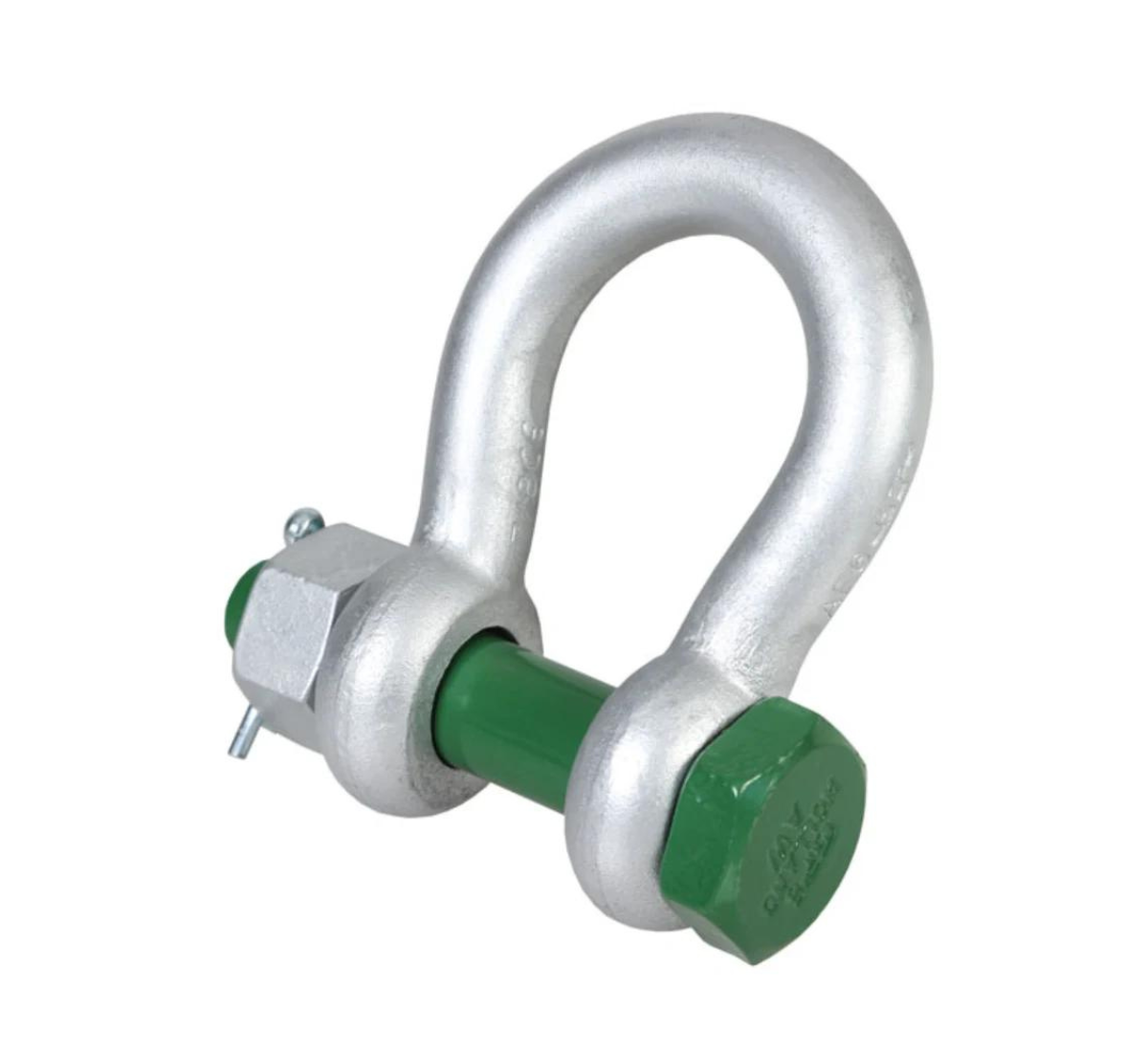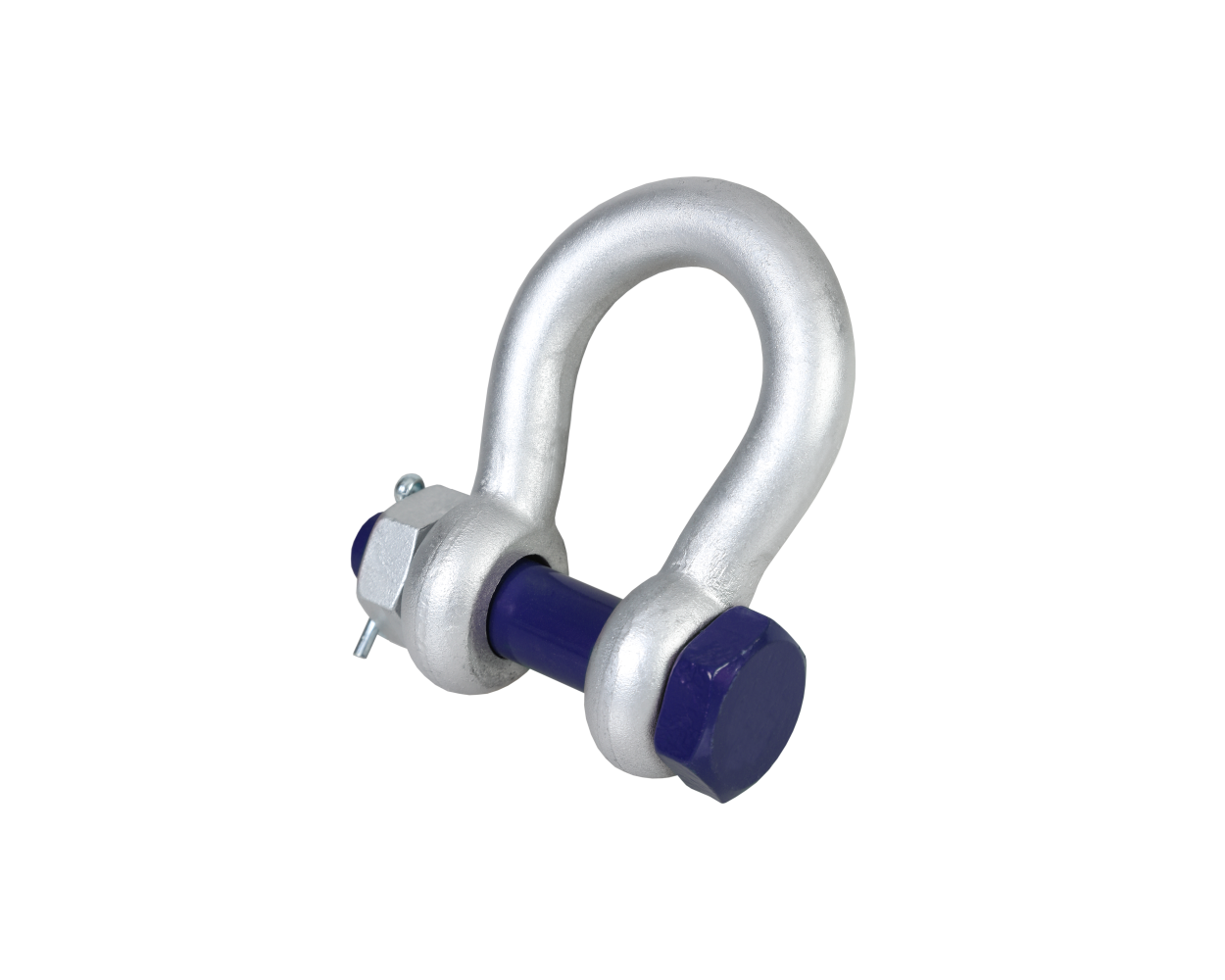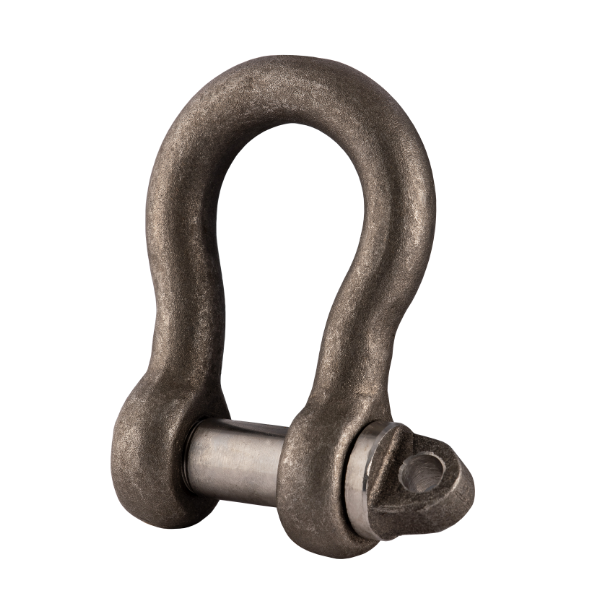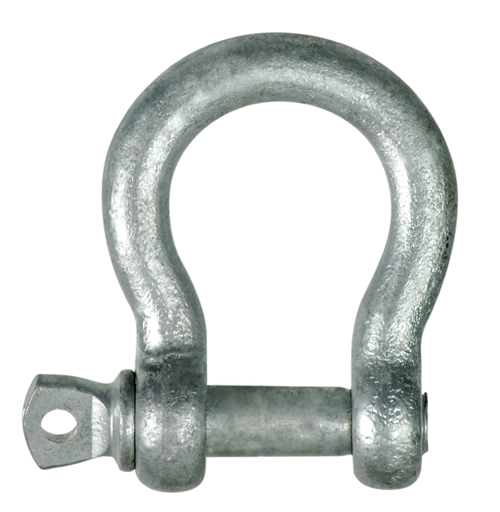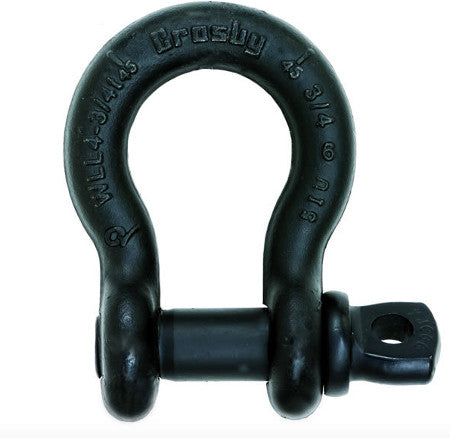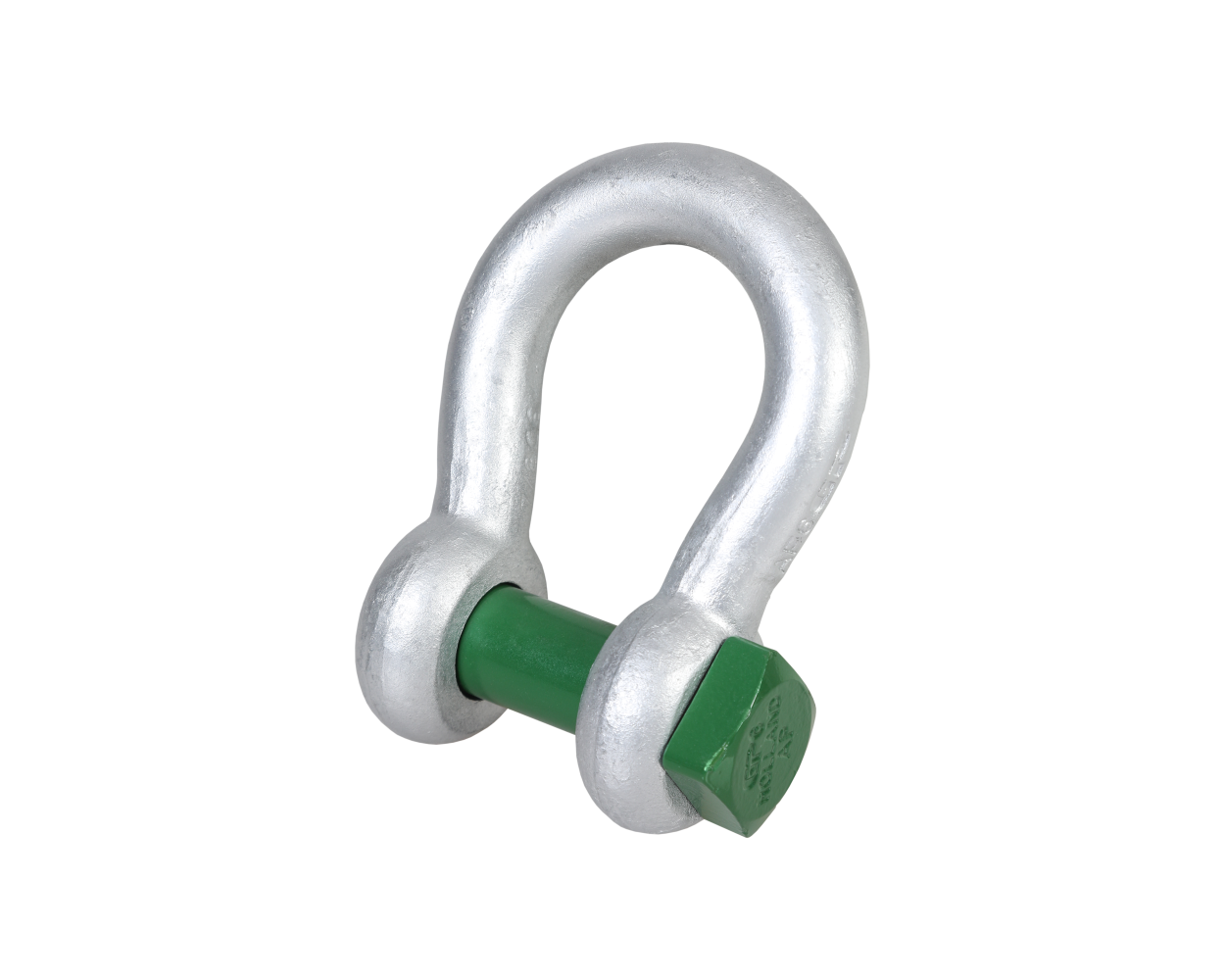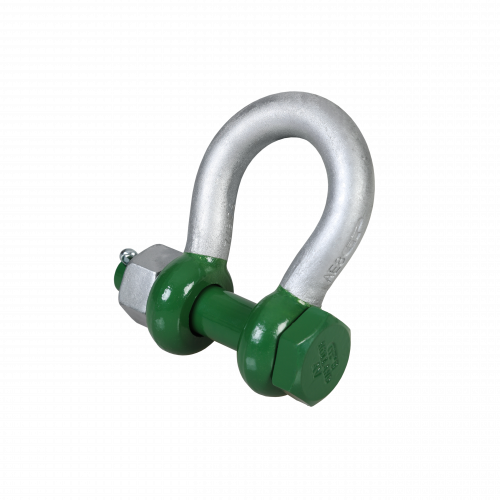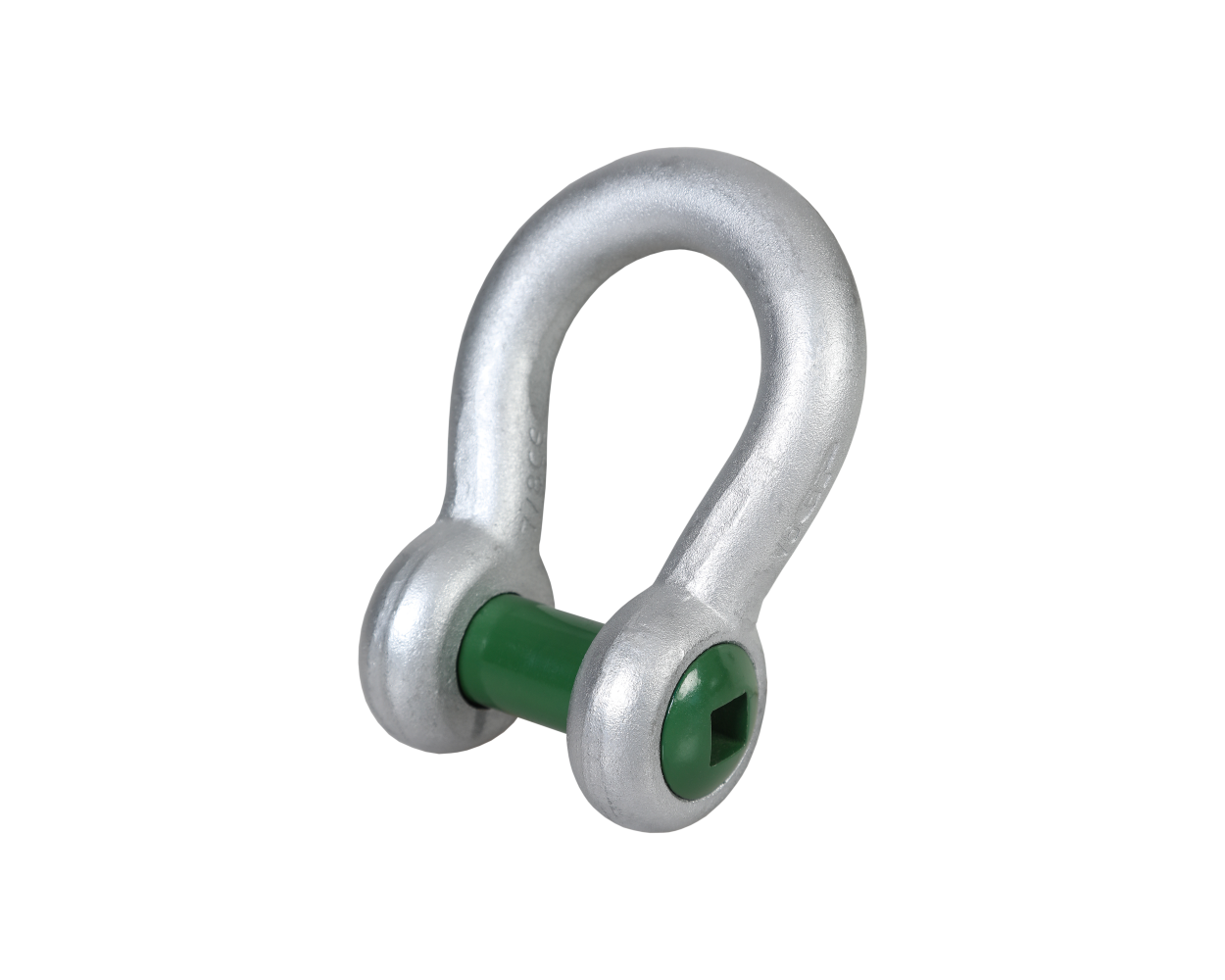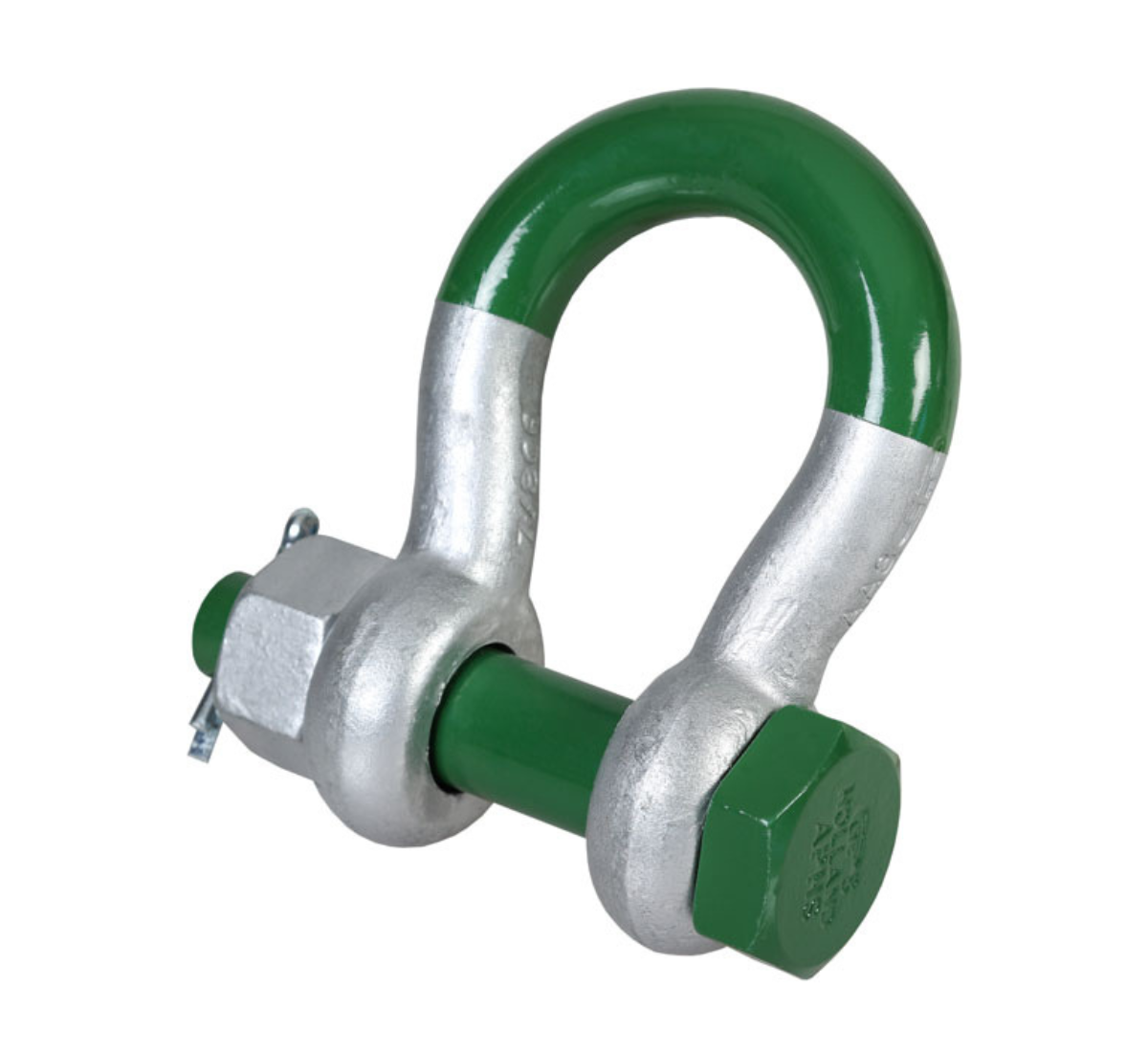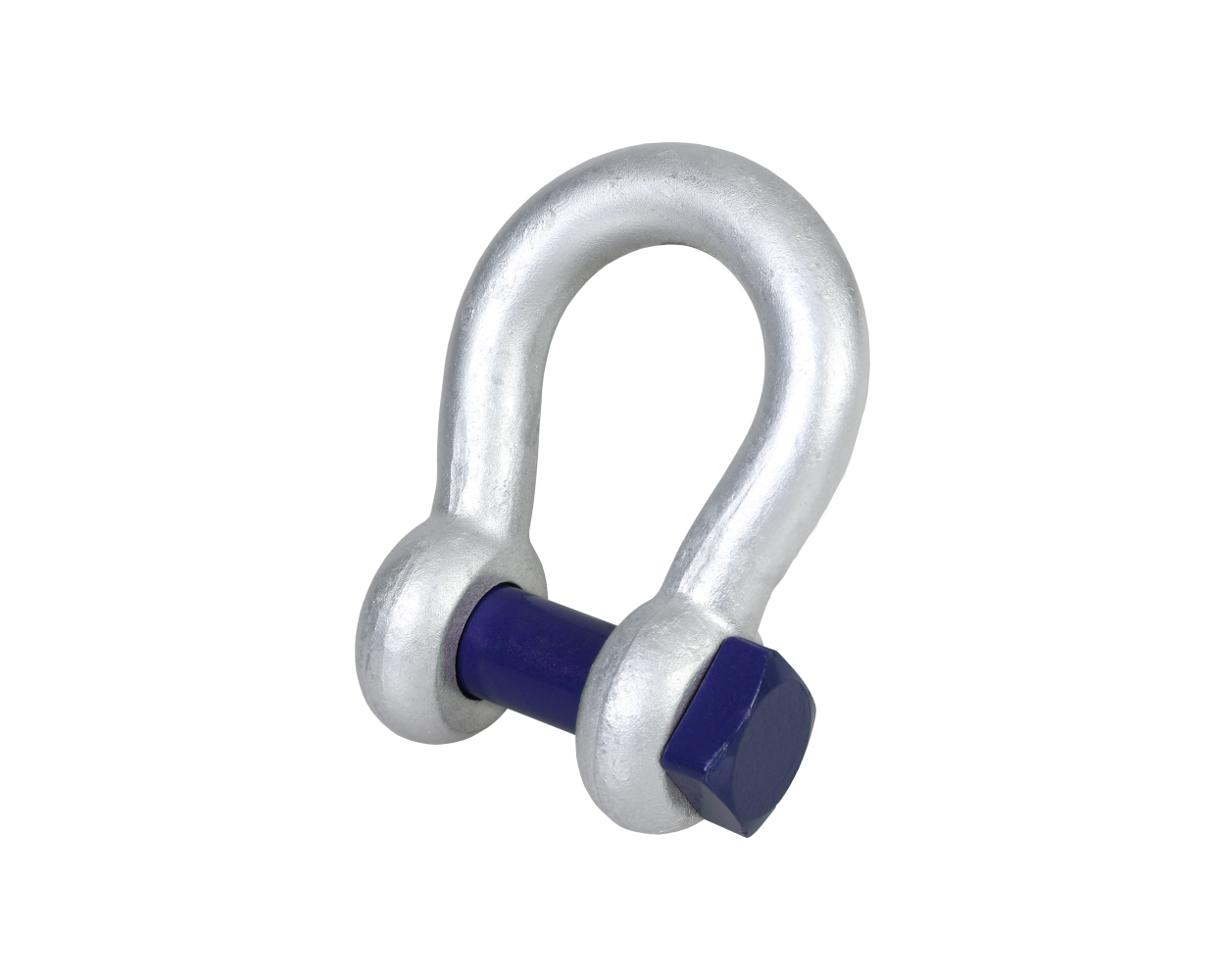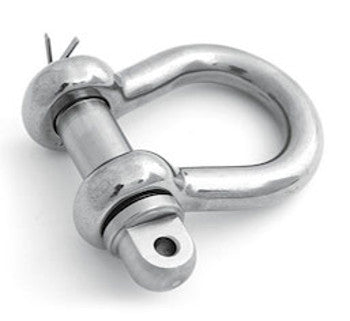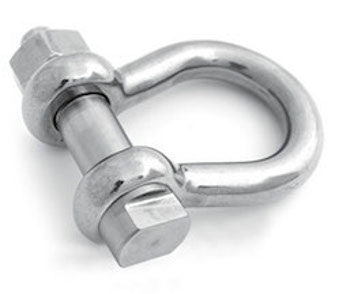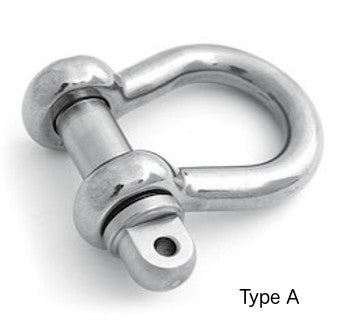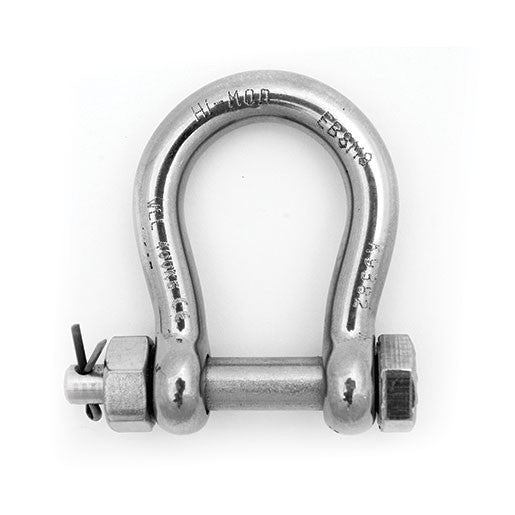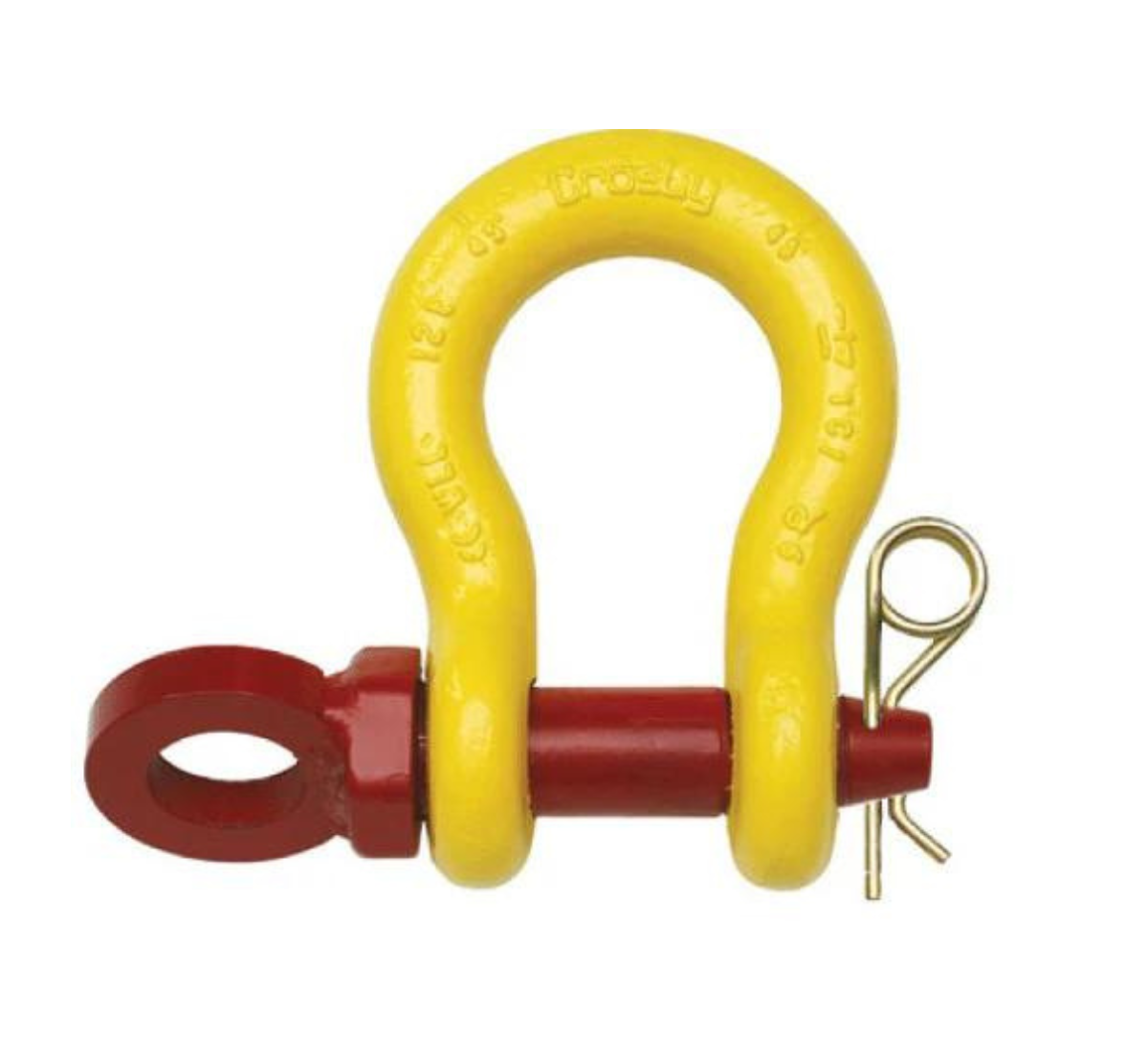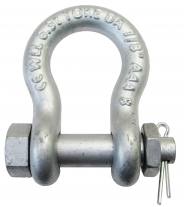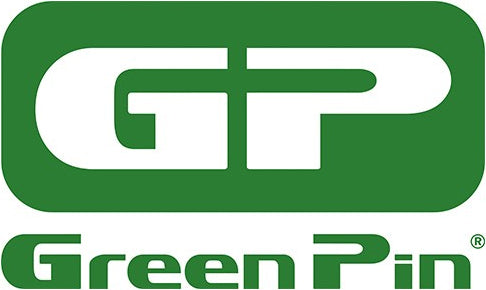Bow Shackles
Choose our high-quality bow shackles for secure and reliable lifting and rigging applications. At LES - Lifting Equipment Store we offer the most extensive rage of bow shackles, all tested for optimal strength and safety. From trusted brands, at competitive prices, coupled with expert advice and customer support, there's no reason to shop anywhere else for your shackles. Shop with confidence today!
Bow Shackle Guide
Download your LES Quick Guide to Bow Shackles, with all the information you need to make the most informed decision.
Download GuideWHAT ARE BOW SHACKLES?
Bow Shackles are one of the most common types of lifting shackles used in the construction and industrial industries. Also referred to as anchor shackles, lifting bow shackles get their name for their round, o-shaped shape, which appears similar to a bow.
They are mainly used in the rigging, securing and lifting of loads, providing a secure connection between chains, straps, and ropes and the load in question.
WHAT ARE THE ADVANTAGES OF A BOW SHACKLE?
Due to their larger, rounder shape, a bow shackle can be attached to multiple loads at the same time, without creating multi-directional tension, and are therefore typically preferred for attaching to wider ropes, chains, and straps due to their size.
WHAT TYPES OF BOW SHACKLES ARE AVAILABLE?
As the term 'bow shackle' is only used to indicate their shape, bow shackles can take on many different forms. For example, a galvanised steel bow shackle is perfect for use in indoor factory situations, whilst a stainless steel bow shackle is perfect for use in marine and underwater environments due to their high saltwater corrosion resistance.
WHAT IS THE DIFFERENCE BETWEEN A BOW SHACKLE AND A DEE SHACKLE?
As the two most common types of shackle, bow shackles and dee shackles exhibit many of the same qualities. However, there are some key differences which make each type better suited to certain situations.
A dee shackle has a straighter shape to bow shackle and is therefore better suited to only lifting one load at a time. Dee shackles also tend to be stronger and are used for larger loads than a bow shackle.
Bow Shackle FAQs
Choosing the right size bow shackle involves considering both the load capacity and the size of the connecting components, such as slings or lifting hooks. The shackle should be large enough to accommodate the equipment while ensuring it can handle the required weight without exceeding its rated load capacity. Always refer to the manufacturer’s guidelines to select the correct size and ensure safety during lifting operations.
Yes, some bow shackles are specifically designed for use in high-temperature environments, such as those found in industrial settings. However, not all shackles are suitable for extreme temperatures. When working in such conditions, it’s important to select shackles made from heat-resistant materials, such as alloy steel, and ensure they meet the required temperature specifications.
Bow shackles can be used in marine applications, but it’s essential to choose shackles made from corrosion-resistant materials, such as stainless steel or galvanized steel. These materials provide added durability and resistance to rust when exposed to water and harsh marine environments, ensuring the safety and longevity of the shackles.
If your bow shackle becomes damaged, it should be immediately removed from service and replaced or repaired by a qualified technician. Never use a damaged shackle for lifting, as it can compromise safety. Regular inspections help identify potential issues before they become serious.
Each Bow Shackle has a rated weight loading limit (WLL), but actual capacity can be reduced by age or wear. If unsure, replace the shackle, reduce the load, or use multiple shackles. Signs of overload include bending, warping, or a pin that’s hard to tighten - replace immediately if these occur.
